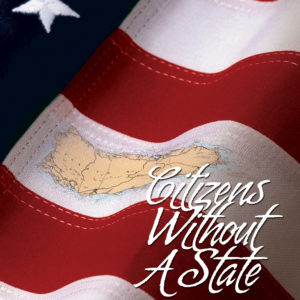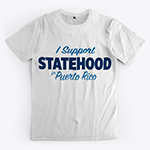The 2020 status vote in Puerto Rico received a majority of “yes” votes for statehood. Statehood won in 2012 and again in 2017, and statehood voters may be frustrated by the lack of action from Congress.
A binding plebiscite?
One solution that has been proposed is to hold out for a binding plebiscite. All the plebiscites so far have been non-binding: that is, the vote is conducted and the results are shared with Congress, but then it is up to Congress to take action. No law compels them to act on the vote.
A binding plebiscite would be different. Congress would have to agree that if Puerto Rico voted for statehood, they would admit the Island. If Puerto Rico voted “no,” then Congress would not admit Puerto Rico as a state. Congress would just have to do what Puerto Rico asked for, whatever it was.
Legally, a referendum is non-binding. However, just as Great Britain’s government agreed to abide by the Brexit vote, Congress could have promised to take action on Puerto Rico’s vote. The Soto Resolution was such a promise. Congress did not pass it.
However, every statehood vote in all U.S. territories has been non-binding. This is not really an issue.
A plebiscite is a consultation of the will of the people. By definition, plebiscites are non-binding. Congress must take on the responsibility of settling Puerto Rico’s status. With a clear mandate from the voters, Congress cannot continue to avoid this responsibility.







No responses yet